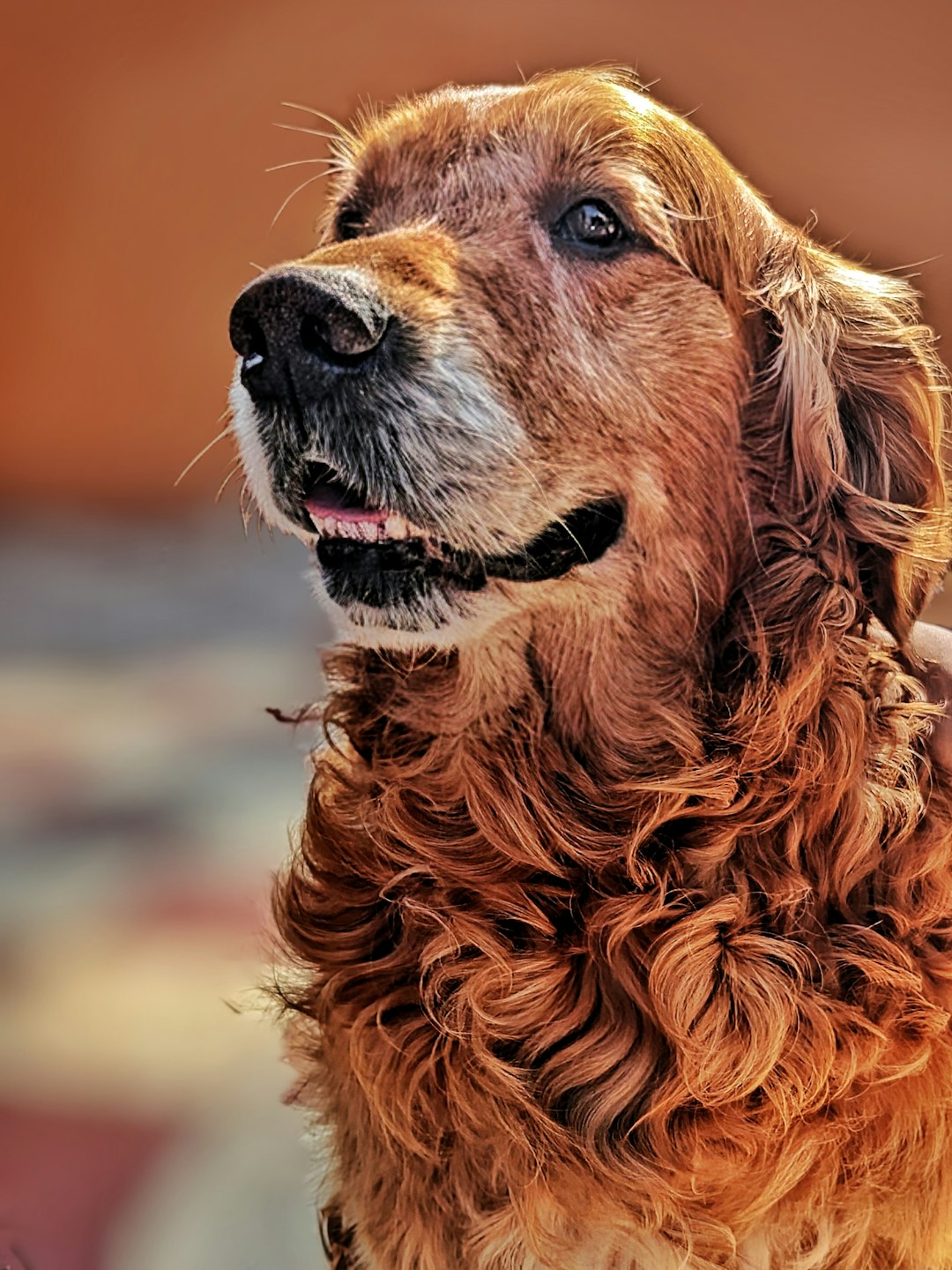Understanding the Critical Socialization Period
The most important period for puppy socialization is between 3 and 16 weeks of age. During this "critical period," puppies are most open to new experiences and form lasting impressions about the world. What happens during this time shapes your puppy's personality and behavior for life.
After 16 weeks, socialization becomes much more difficult. Puppies who miss this critical window may develop fear, anxiety, or aggression toward unfamiliar people, animals, or situations.
What Does Socialization Mean?
Socialization involves carefully and positively exposing your puppy to a wide variety of:
- People (different ages, ethnicities, genders, sizes)
- Other animals (dogs, cats, birds, etc.)
- Environments (parks, cities, rural areas)
- Sounds (traffic, vacuum cleaners, thunderstorms)
- Surfaces (grass, pavement, sand, stairs, elevators)
- Experiences (car rides, vet visits, grooming)
Socialization Techniques That Work
Positive Exposure
Always pair new experiences with something positive. Use high-value treats, praise, and play to create positive associations. If your puppy seems frightened, don't force the interaction. Instead, work at their pace from a comfortable distance.
Short and Sweet
Keep socialization sessions short (5-15 minutes) and positive. Puppies have short attention spans and can become overwhelmed easily. It's better to have many short, successful experiences than one long, stressful one.
Gradual Introduction
Start with less intense exposures and gradually increase intensity. For example, introduce loud sounds at low volume first, then gradually increasing volume as your puppy becomes comfortable.
Essential Socialization Checklist
People Encounters
- Adults of various ages and appearances
- Children (supervised interactions only)
- People wearing hats, glasses, uniforms
- People using mobility aids (wheelchairs, canes)
Environmental Exposure
- Car rides
- Different floor surfaces (wood, tile, carpet, grass)
- Stairs and elevators
- Busy areas (parks, pet stores)
- Quiet areas (libraries, calm neighborhoods)
Sound Desensitization
- Household appliances (vacuum, dishwasher)
- City sounds (traffic, sirens)
- Construction sounds
- Storm sounds (thunder, rain)
Other Animals
- Puppy classes with other vaccinated puppies
- Well-behaved adult dogs
- Other pets (cats, birds, if applicable)
Common Socialization Mistakes to Avoid
Inadequate Socialization
Not exposing your puppy to enough variety can lead to fearfulness later. Aim for at least 100 different positive experiences before 16 weeks.
Overwhelming Your Puppy
Forcing interactions when your puppy is clearly scared can do more harm than good. Always respect your puppy's comfort level and signs of stress.
Rushing the Process
Socialization is a marathon, not a sprint. Quality matters more than quantity. Better to have 50 positive experiences than 100 rushed or negative ones.
Ignoring Body Language
Learn to read your puppy's stress signals (yawning, lip licking, tucked tail, avoidance). If you see these signs, back off and reassess your approach.
After the Critical Period
Socialization doesn't end at 16 weeks. Continue providing positive experiences throughout your dog's first year and beyond. Ongoing socialization helps maintain your dog's confident, well-adjusted nature.
Conclusion
Proper socialization is one of the greatest gifts you can give your puppy. It sets the foundation for a confident, well-behaved adult dog who can handle life's experiences with calm and grace. Start early, be consistent, and always make it positive!
